With the launch of the new Puget Systems 17″ laptop, there are a lot of performance questions we want to address. Today, we will be examining the performance of this new mobile workstation compared to a more traditional desktop.
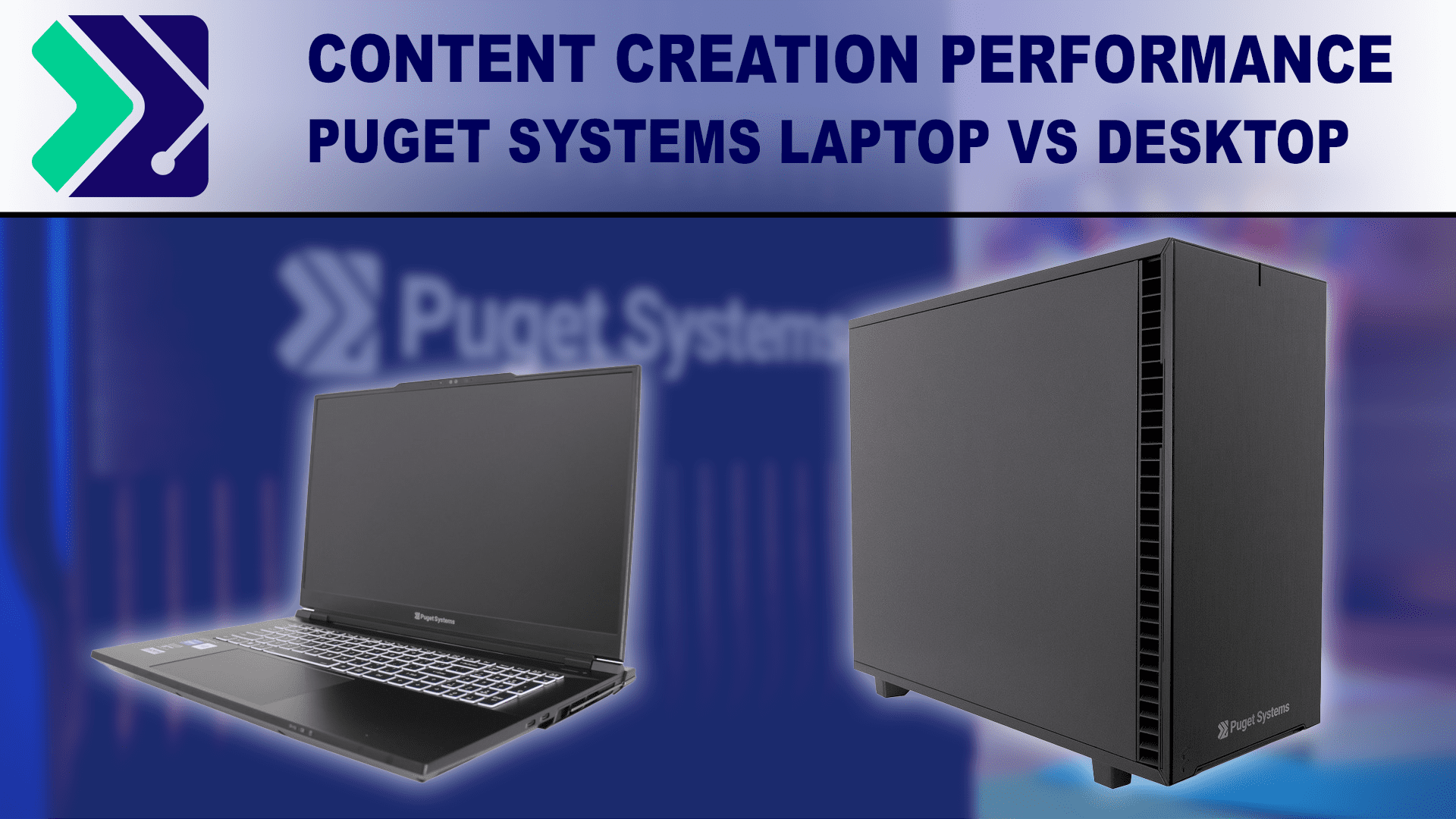

With the launch of the new Puget Systems 17″ laptop, there are a lot of performance questions we want to address. Today, we will be examining the performance of this new mobile workstation compared to a more traditional desktop.
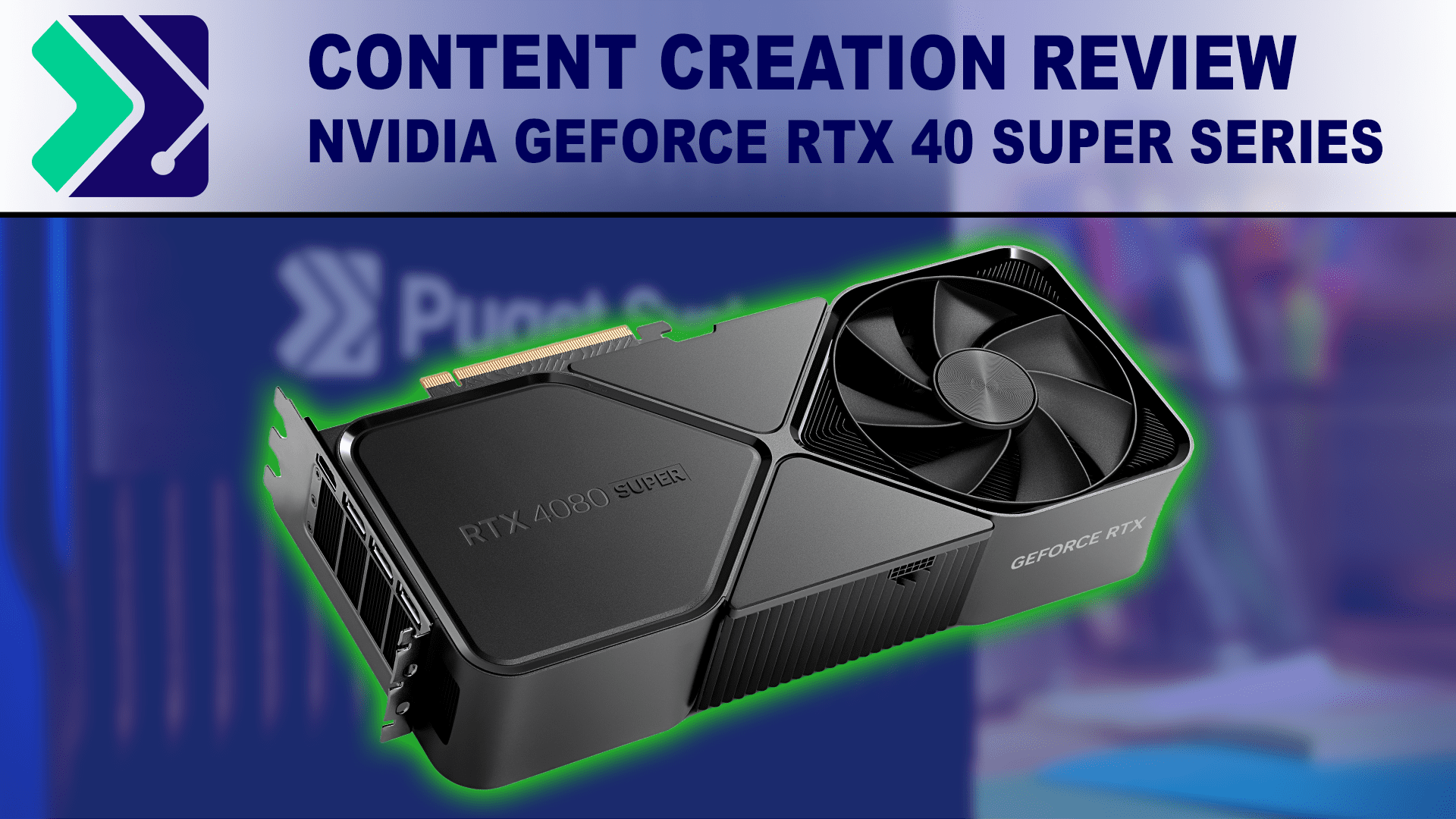
NVIDIA has released the SUPER variants of their RTX 4080, 4070 Ti, and 4070 consumer GPUs. How do they compare to their non-SUPER counterparts?
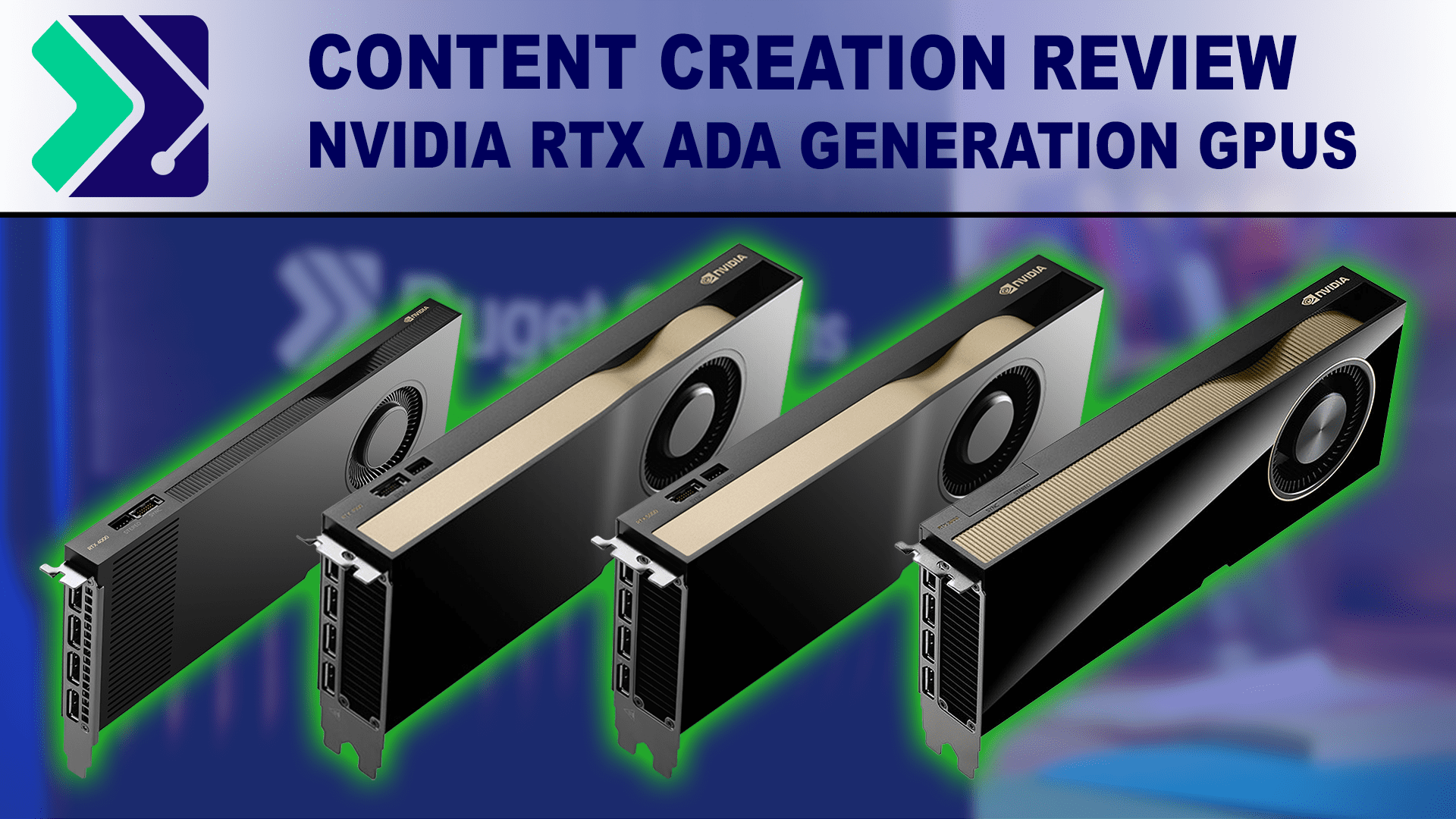
NVIDIA has released the complete family of professional Ada cards. How do they compare to the last-gen Ampere based professional GPUs?
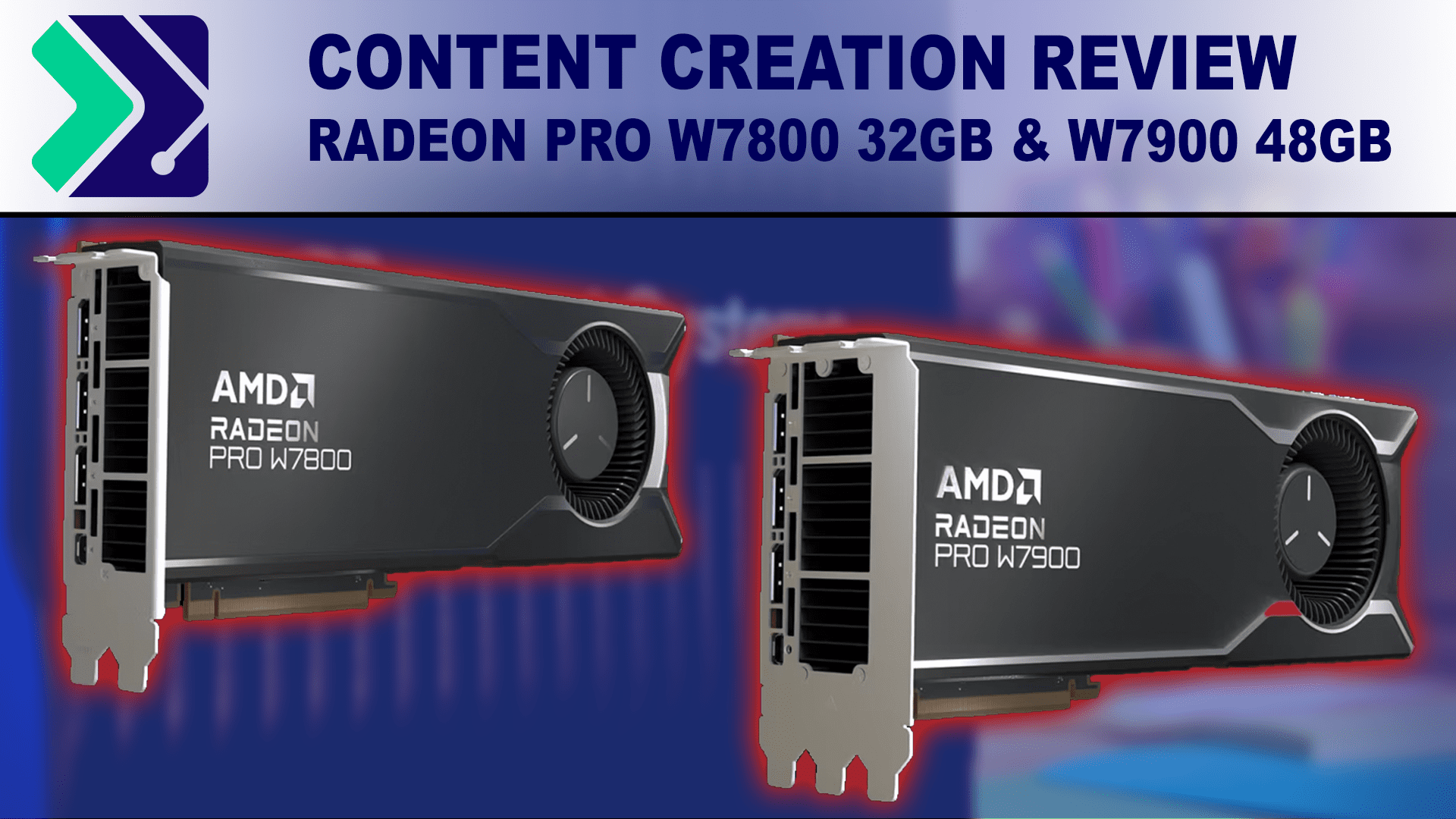
AMD’s has released the Radeon PRO 7000 series of graphics cards featuring up to 48 GB of VRAM. How do they compare to NVIDIA’s RTX Ampere and Ada GPUs?
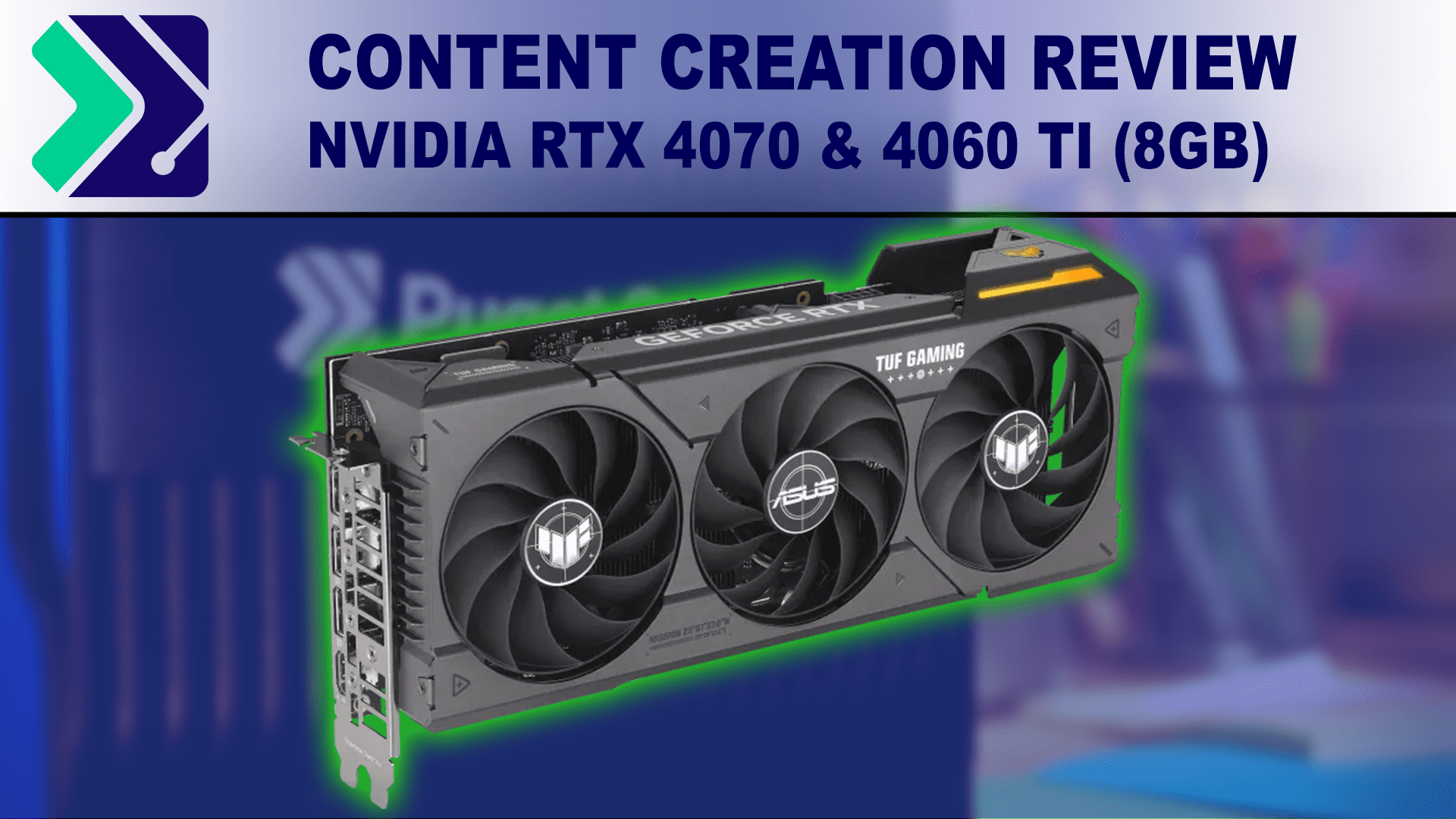
The NVIDIA GeForce RTX 4070 and 4060 Ti (8GB) are the most recent additions to NVIDIAs consumer family of GPUs on their Ada Lovelace Architecture. How do they compare for content creation against their previous generation counterparts?
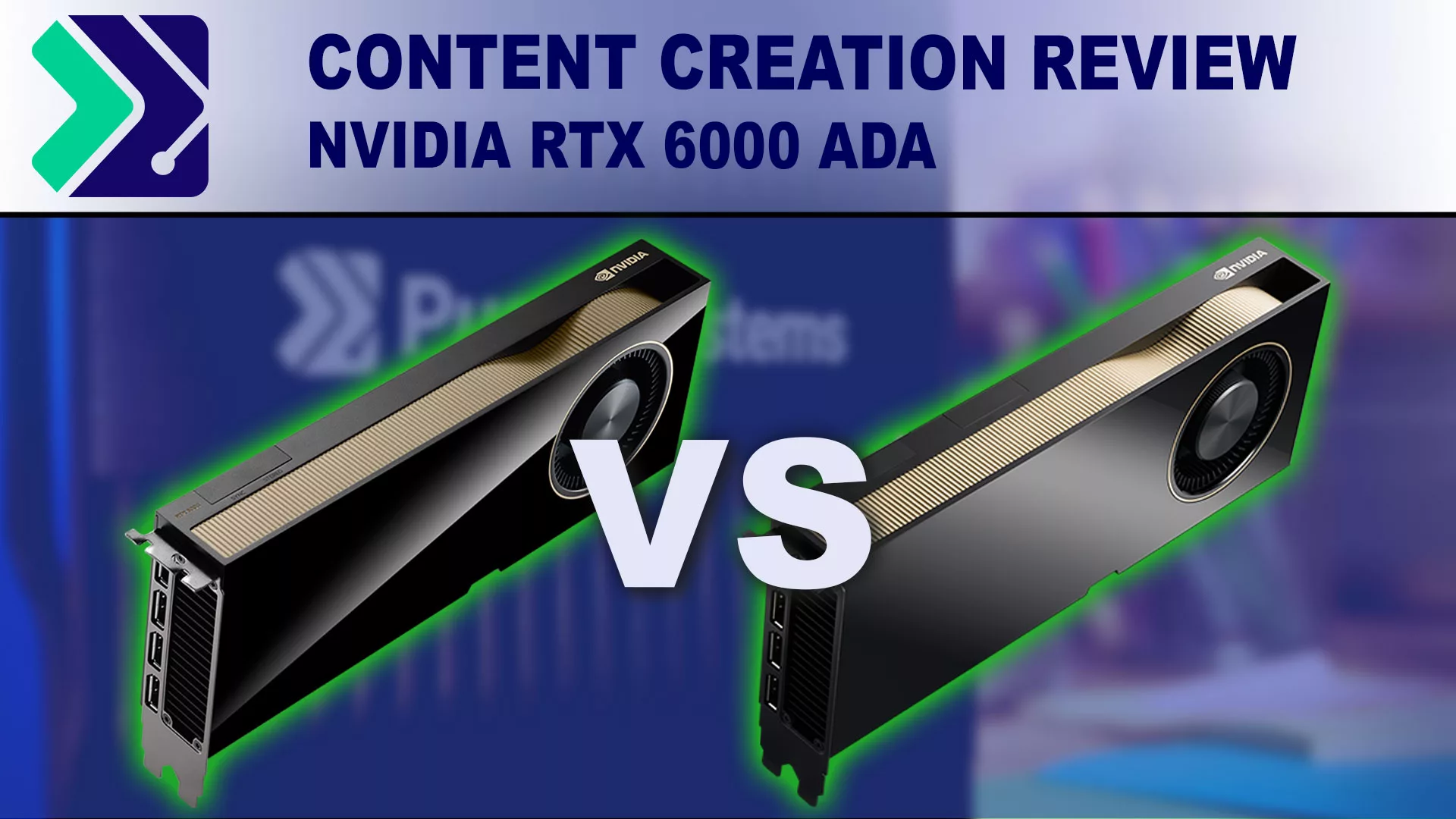
The NVIDIA RTX 6000 Ada is the latest addition to the NVIDIA’s professional family of GPUs. With cutting-edge hardware and the latest Ada Lovelace architecture and 48GB of VRAM, this GPU should be terrific for a wide range of content creation workflows.
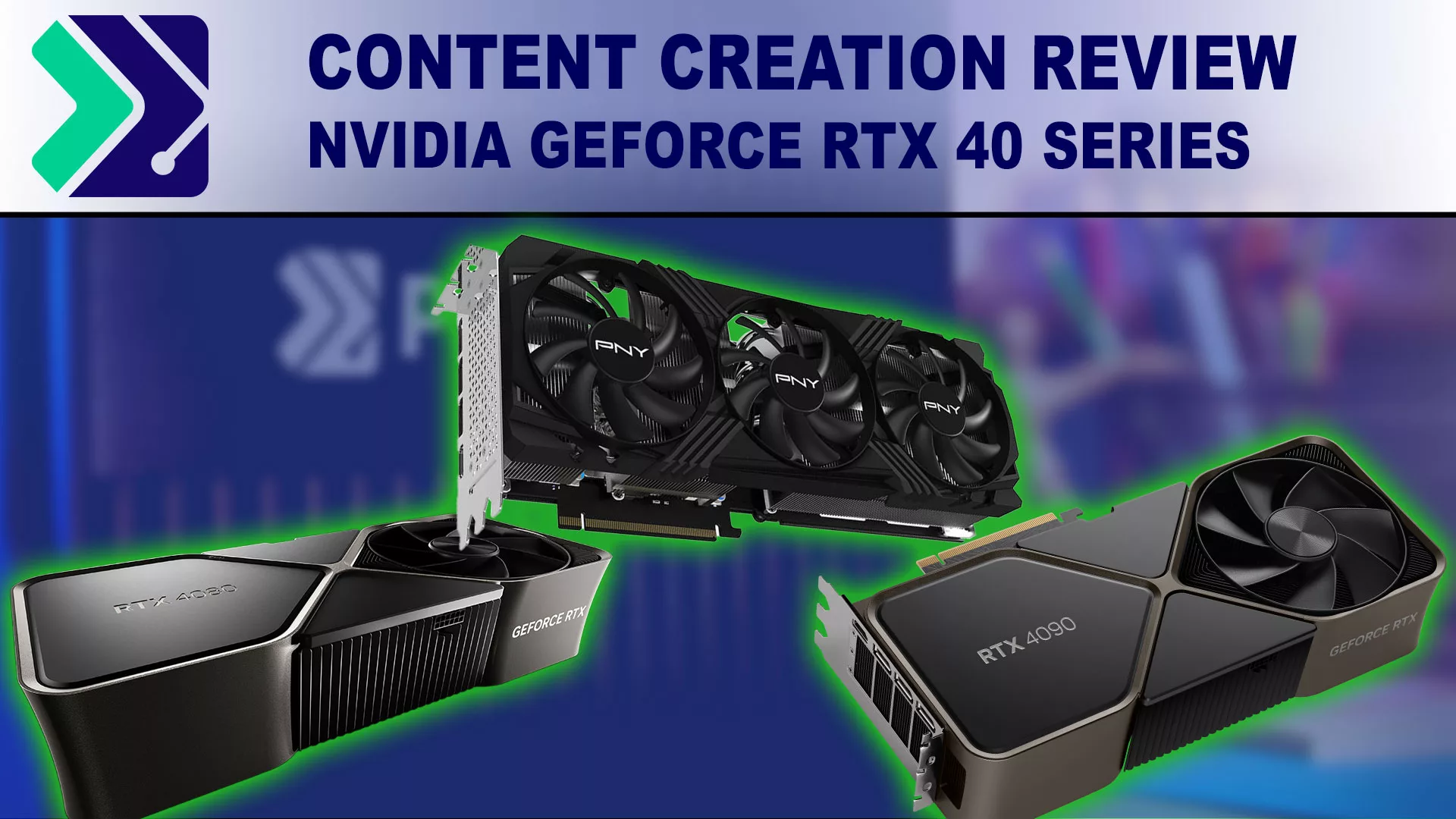
With the RTX 4070 Ti joining the RTX 4080 and 4090, NVIDIA has now completed the launch of the initial trio of their GeForce RTX 40 series of GPUs. How do these cards compare for various content creation workflows versus the previous generation RTX cards, and their competition from AMD?
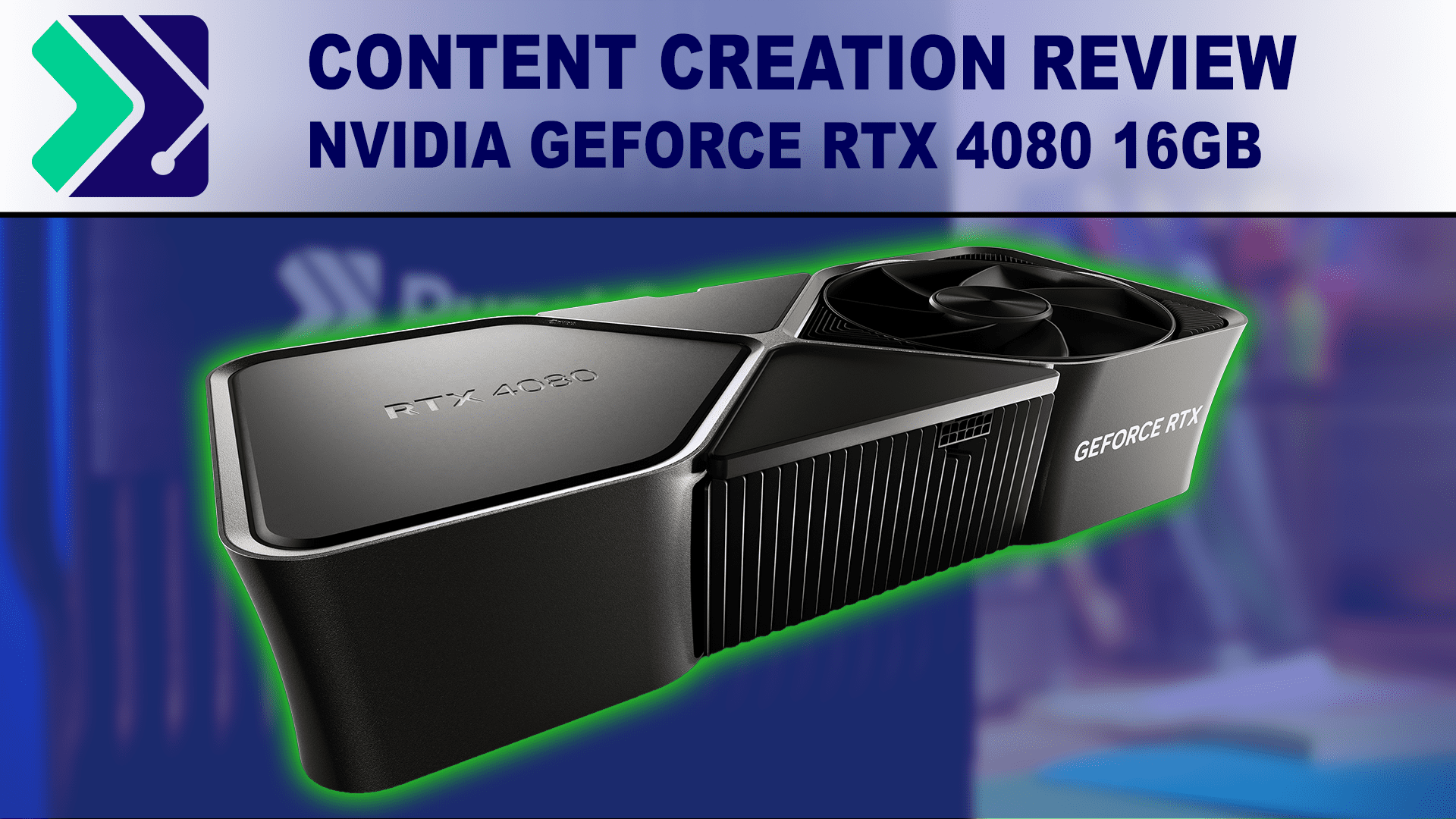
NVIDIA is continuing their new RTX 40 Series GPUs with the new RTX 4080 16GB. How does this new card perform in the real world, and is it worth considering in your next content creation workstation?
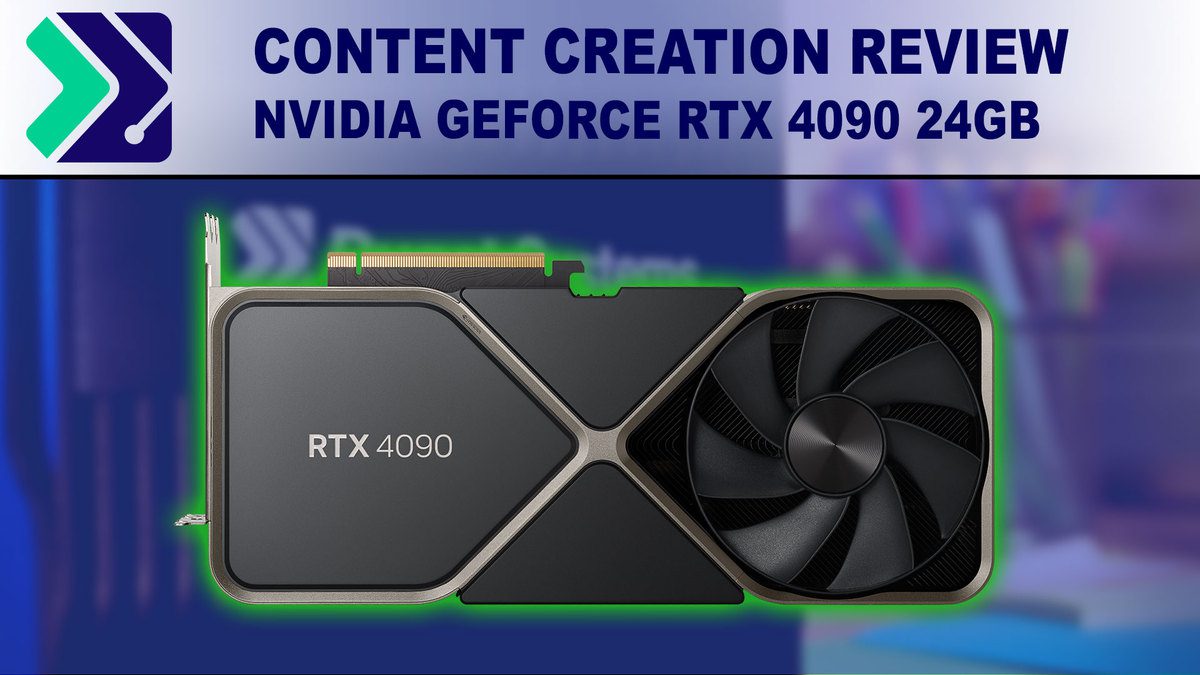
NVIDIA is beginning to launch their new RTX 40 Series GPUs, starting with the GeForce RTX 4090. NVIDIA touting significantly higher performance versus the previous generation 30 series, but how does this new card perform in the real world, and is it worth considering in your next content creation workstation?
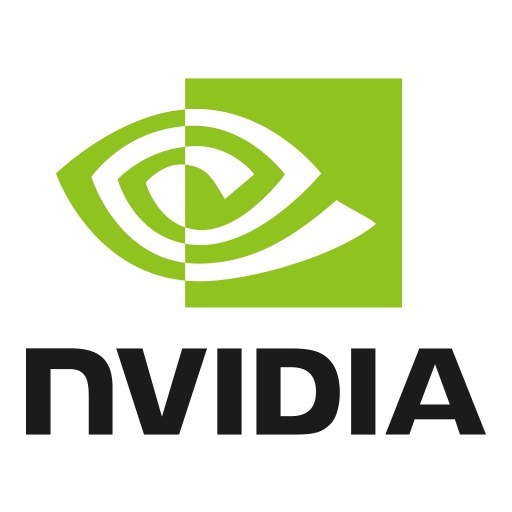
In an attempt to make their GeForce line of consumer video cards less appealing to crypto miners, NVIDIA has updated many of their GPUs with “lite hash rate” versions. These are supposed to reduce effectiveness for mining of currencies like Etherium by about 50%, without impacting game performance or other applications, but to be sure of that we put a pair of GeForce RTX 3070 cards – one with LHR and one without – to the test.